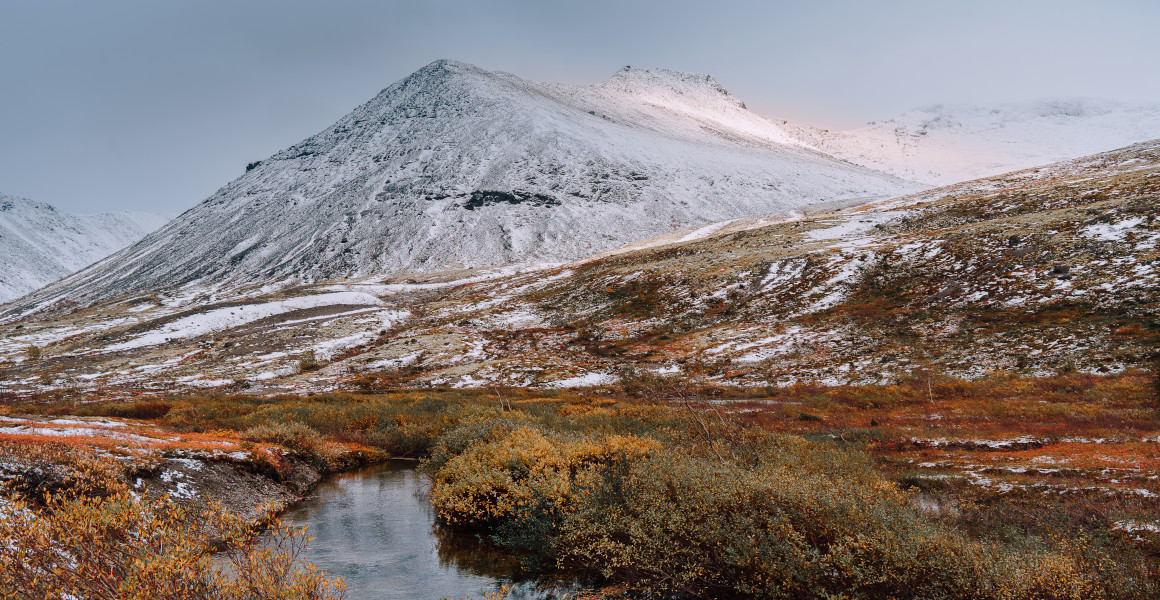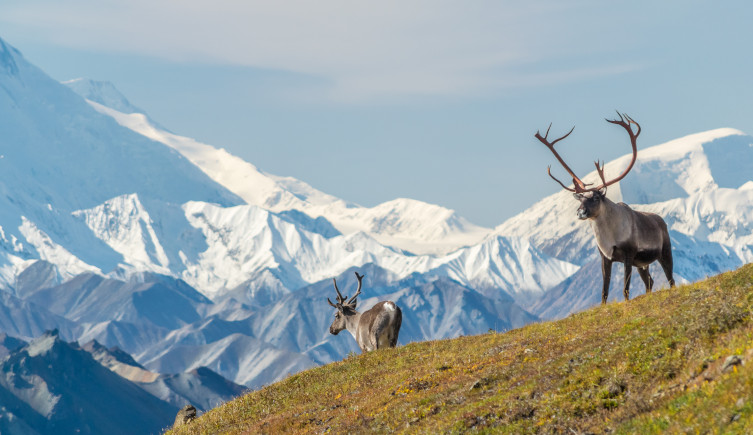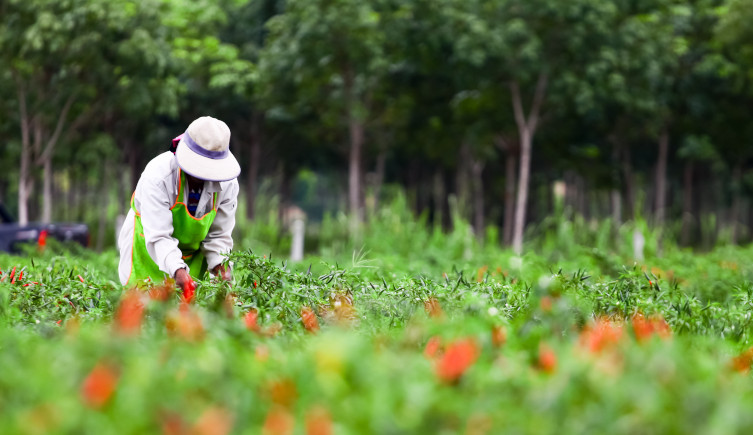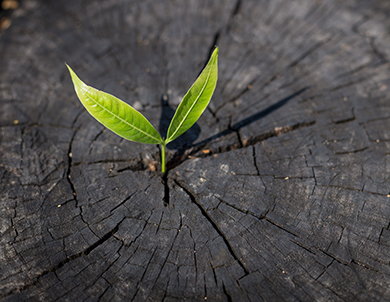The last remaining wildernesses on Earth could be swept away to feed humanity’s growing appetite.
While rising temperatures are set to make wildernesses more suitable for farmland, taking action now can feed the world and protect these environments.

Over three quarters of land which will become suitable for farming in the far north is currently wilderness. Image © Ksenya_89/Shutterstock.
The last remaining wildernesses on Earth could be swept away to feed humanity’s growing appetite.
While rising temperatures are set to make wildernesses more suitable for farmland, taking action now can feed the world and protect these environments.
The world’s last truly natural habitats are at risk of being turned over to farms.
With the world’s population set to swell to over 10 billion by the 2080s, demands for more food will become greater than ever. As the climate warms, one option could be to build farms in areas that were once inhospitable for crops.
A new study reveals that at least 40% of the land which could become suitable for growing crops by the 2060s is untouched wilderness, especially the Arctic tundra of Alaska, Canada and Russia. If these areas do become farmland, it would devastate the biodiversity of these poorly understood areas and hamper efforts to limit climate change.
Dr Alexandra Gardner, the lead author of the new research, says, ‘While we expected that warming temperatures would increase agricultural suitability at high latitudes, the scale of this result was surprising.’
‘Three quarters of land at high latitudes which will become suitable for agriculture is currently wilderness, equivalent to 10% of the total wilderness in these areas.’
The study, published in the journal Current Biology, calls for more research into improving agriculture without the need for more land, as well as enhanced legal protections for Earth’s last wild areas.

Many wilderness areas support a wide range of species, which will be threatened if their habitat is lost to agriculture. Image © Martin Capek/Shutterstock.
Today, roughly a quarter of the world is wilderness. These are large areas such as the Sahara, the Arctic tundra, and the depths of the Amazon rainforest, which still support high levels of biodiversity and have been largely unchanged in thousands of years.
While wildernesses are not necessarily unoccupied, as they may be inhabited by Indigenous Peoples, these areas still have much of their ecosystems remaining intact.
However, the last wildernesses are shrinking as humanity’s impact on the world continues to spread. Deforestation is opening up ever greater portions of the Amazon, while rising temperatures are driving back ice sheets that have survived since the last Ice Age.
Since 1990, it’s estimated that around 3.3 million square kilometres of wilderness, an area the size of India, has been lost. The greatest losses are taking place in tropical rainforests, followed by deserts and grasslands.
One of the key drivers of wilderness loss has been agriculture. Tropical forests are bearing most of the brunt as they are cleared for farms which take advantage of the warm climates to grow crops and rear animals.
As the world gets warmer, however, the impacts of farming begin to move. The researchers modelled how the areas suitable for more than 1,700 different crops would be affected if climate change continued along a similar path to today, as well as a worst-case scenario where fossil fuels are used more heavily.
When global temperatures rise by more than 2.5⁰C in the intermediate scenario, an estimated 1.85 million square kilometres of wilderness will become suitable for agriculture – an area more than seven times the size of the UK. Under more extreme climate change, this rises to 2.75 million square kilometres.
While there’s no guarantee that wilderness will be converted into farmland when it becomes suitable, it may become increasingly difficult to avoid doing so.
This is because large areas of current farmland are predicted to become too hot in the future, with at least 70% expected to support fewer crop varieties by the 2060s. In southeast Asia, this will happen to as much as 90% of farmland.
If this leads to the conversion of wilderness, humans will lose some of the most pristine environments remaining on Earth.

Maintaining natural areas among farmland can help to boost its biodiversity and productivity. Image © Cherngchay Donkhuntod/Shutterstock.
Balancing the preservation of wilderness with demands for food is no easy feat, but it is possible. The greatest results can be achieved through limiting how much our planet will ultimately warm by.
The earlier countries take action to reduce their greenhouse gas emissions, the better chance that global warming can be limited to lower temperatures, and in turn reducing the amount of wilderness at risk from agriculture and our changing climate.
As many wildernesses are also important for taking greenhouse gases out of the atmosphere, the effects of preserving them will be even more pronounced.
Alongside limiting climate change, it’s also important to improve how efficient farming currently is. While the use of artificial fertilisers and pesticides have allowed crops to be grown in large quantities, their impacts on soil fertility and pollination are taking their toll.
Professor Ilya Maclean, a co-author of the research, says, ‘What we’ve seen over the last 50 years is a shift toward extensive large fields and monocultures, as it’s much cheaper for a farmer to produce crops that way. But if you grow a single crop on your farm, you’re more susceptible to the uncertainties of climate change.’
‘We need to bring farmers into the decision-making process so they can feed in to agricultural policy and strategy.’
Collaborations between governments and farmers could lead to policies that encourage farms to grow a variety of crops to reduce the risk of harvests failing, leave patches of natural area to encourage biodiversity, or reduce demand for meat so that more efficient crops can be grown instead.
If these are successful, the world can ensure that everyone has enough food to eat, while keeping our wildernesses wild.

We're working towards a future where both people and the planet thrive.
Hear from scientists studying human impact and change in the natural world.
Don't miss a thing
Receive email updates about our news, science, exhibitions, events, products, services and fundraising activities. We may occasionally include third-party content from our corporate partners and other museums. We will not share your personal details with these third parties. You must be over the age of 13. Privacy notice.
Follow us on social media